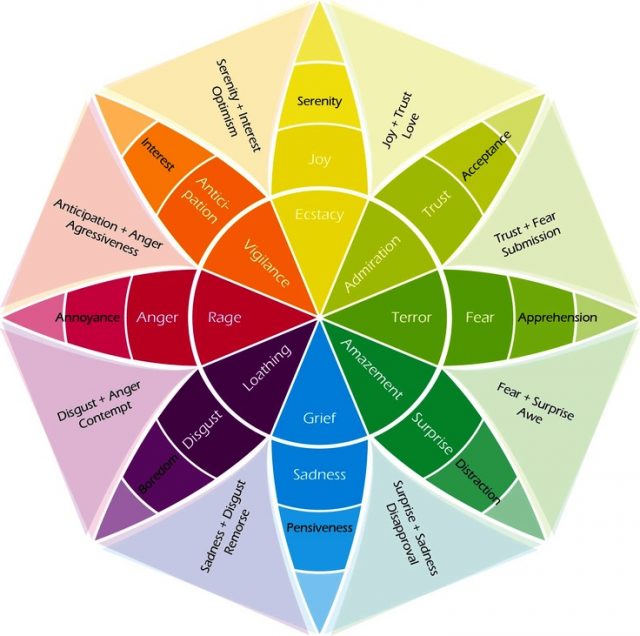We all heard about the importance of Emotional Intelligence. Some studies show that emotional intelligence is the one variable that separates achievement/high-level of success from average/below-average satisfaction in relationships, academics, business and career.
To prepare our children for overall success in life, we can teach them about their emotions. Few principles to set a good foundation about emotions are:
1) emotions are nor good or bad; they just are;
2) emotions are messengers from inside the body; they have a clear function: to give a person a message in relation to a situation, a need or a personal boundary;
3) emotions are like clouds: they come and go, they are impermanent;
4) emotions are felt: they are something we feel, not something we are (I feel angry/I feel the anger VS. I am angry). This distinction is very important to teach children starting at an early age because they will learn that they have emotions, they are not their emotions. This mental distancing helps a child to preserve their authentic nature, and not self-identify with a certain emotion (for example: I am a sad child. This is how I am)
We also need to teach, respecting the age of the child, a rich vocabulary of emotions. Some studies show that the average American can’t name more than 4- 5 basic emotions (sad, scared, mad, angry, happy), a phenomenon known as “emotional illiteracy”. A good place to start is Plutchik’s Wheel of Emotions:

Last, and maybe most importantly, we can’t teach what we don’t model, live and embody ourselves. The way we regulate our own emotions, as adults, on a daily basis, is going to do most of the teaching for our children. If you have troubles regulating your emotions (you’re yelling, screaming, can’t control your anger or frustration), my Conscious Parent Accelerator Program will help you. Enroll today!
